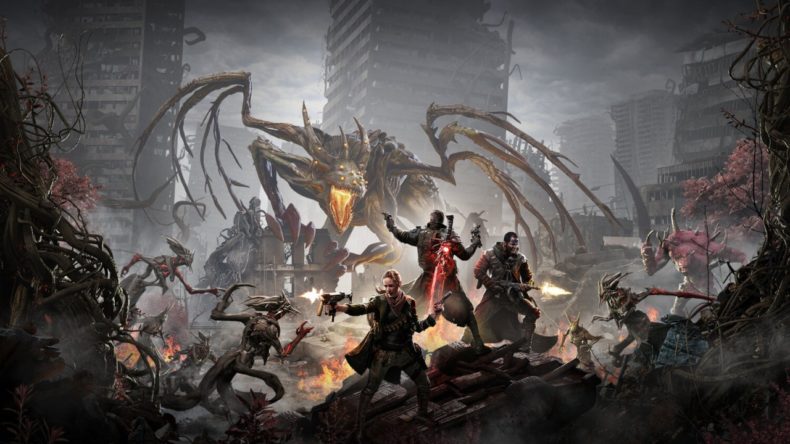We’ve reached the point in the life cycle of the games industry where it’s rare to see anything truly innovative. And when you do so see something that feels brand new, it’s hard to predict what will permeate the cultural zeitgeist and what won’t. In a world where 2D Metroidvanias seem to fall with the rain, roughly every third game is a deck-builder, and fucking everything is a roguelite, it’s pretty easy to pinpoint which way the trends have been going for the last decade.
But while it took ages for people to start ripping off XCOM en masse, Mordor’s Nemesis System is still largely untouched, and we’re still waiting for a combat system that can out-Arkham Batman: Arkham Asylum, one innovation that took off like a rocket-propelled kangaroo was From Software’s particular brand of addictive self-flagellation. I refuse to use the term “masocore” in any way other than ironically, but the fact is people seem to like it when games hurt them – as proven by every second game being a Soulslike.
This is something which I’m by turns both exhausted by and hugely grateful for, though, because without From Software’s Demon’s Souls we wouldn’t have eventually gotten Remnant: From the Ashes. Although, while Gunfire Games’ title certainly presents as a Soulslike, it remains one of the more original versions of the formula.
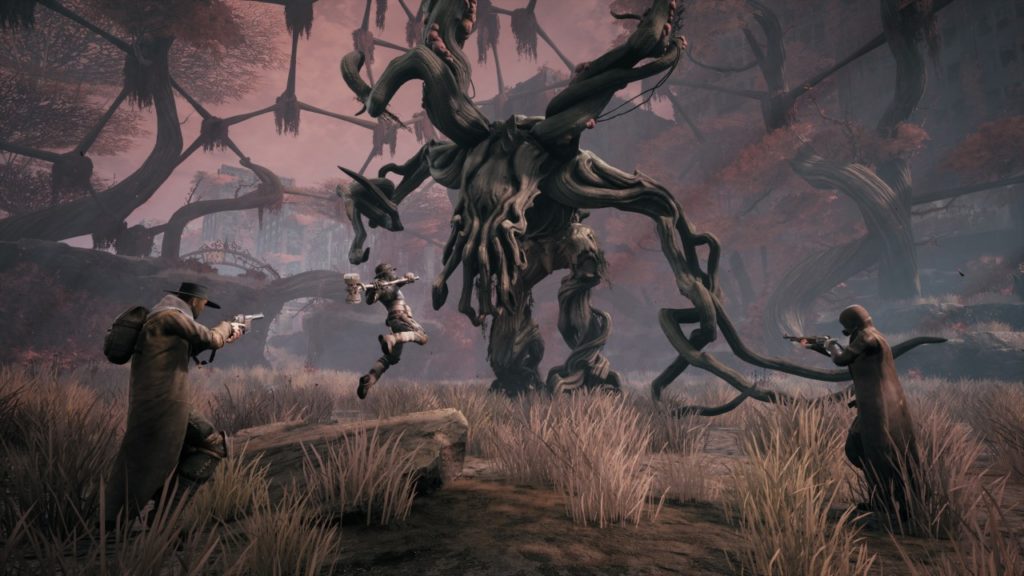
Root cause
Remnant: From the Ashes sets out its stall fairly early on. When your survivor finds his or herself in a dark, apocalyptic world, it’s made pretty clear that everything has gone to shit and it’s not planning a return visit any time soon. It’s a version of Earth ravaged by a trans-dimensional entity known only as the Root, which has spread its corruption throughout Earth and a handful of other worlds you’ll need to find your way into and out of throughout the campaign.
In trying to unlock the secrets of dimensional travel, humanity created the Dreamers, whose psychic powers opened doorways that allowed the Root to assault us and ultimately decimate our planet. What few survivors there are close to you reside in Ward 13, an underground bunker that also houses a huge crystal that not only allows fast travel but which also resurrects the fallen (and, of course, respawns all enemies throughout the world, natch). Your job is simple enough to understand but almost impossible to achieve: travel across dimensions, seek the source of the Root, and pluck it out once and for all.
This being a Soulslike, Remnant is fairly short on anything resembling meaty story beats. The closest you get to a real plot is when you meet various NPCs you’ll either aid or destroy, some of whom will give you a choice to make. Ultimately, this choice often boils down to whether or not you fancy another boss fight right now.
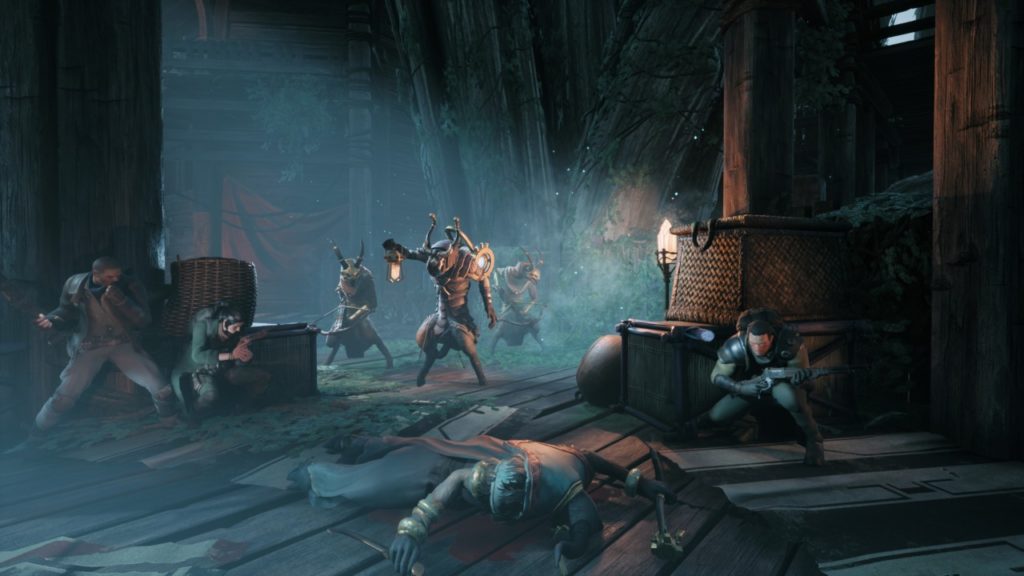
Remnant: From the Ashes Replayed: A vague tale
Of course, there are those who would argue that Remnant: From the Ashes doesn’t necessarily need a story. In many respects, most Soulslikes don’t need a story, but if you’re going to go the trouble of writing backstory and then hacking it down into flavour text, you might as well just give us it in the actual gameplay. Remnant does not do this, instead opting for a mix of incidental text, NPC dialogue, and environmental storytelling to get its point across.
Sadly though, this is why so much of it is confusing. And there will undoubtedly be people reading this who have played Remnant for ten hours a day for almost four years who’ll leap to the defence of its story and tell me its actually really rich and deep once you’ve read the description of every item umpteen times, beaten every boss, all the DLC, studied the Wiki, married and divorced one of the writers, and watched three-dozen YouTube videos explaining it all – but when it launched (and indeed for a while after), Remnant was as obtuse as Soulslikes come.
What was abundantly clear no matter how many times you played it, was that Remnant is not an easy-going game. It’s intentionally hard, deliberately unwelcoming to newcomers, and never gave much of a shit whether people liked it. Or at least, it always felt that way. Obviously Gunfire wanted people to buy it and play it, but there was an undeniable confidence to Remnant at launch that managed to be self-assured without being arrogant.
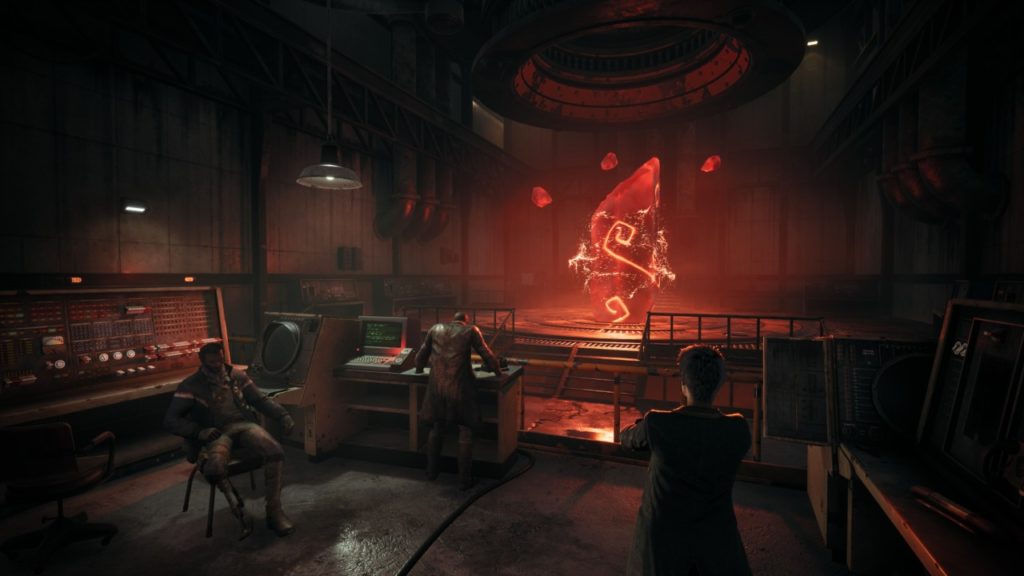
Always the quiet ones
It’s important to acknowledge how difficult that is to pull off, too. We’ve all seen hugely confident developers release games with the smug grin of a delusional pageant mum, only to meltdown in the exact same way when it turns out their only child has the same natural talent for entertainment as a hamster in a tumble dryer. It’s a far rarer beast when the developer is quietly confident, and then genuinely humble in the face of praise. Gunfire Games never even predicted Remnant would sell a million units – let alone the three million-plus it has now clocked up since launch – and so the success is all the sweeter.
A lot of its appeal stems from the fact that it was released as a complete experience, without an immediate announcement of DLC, without a cosmetic shop or an online component geared towards selling you things. Remnant launched with a full, multi-branching, semi-dynamic campaign, one that doesn’t always deliver the same encounters in the same order, but which always rewards exploration and perseverance.
Each of its four worlds feels different to the last, from the burned-out, nightmarish streets of the fallen Earth city wherein you begin, to the wind-blown deserts of Rhom and the festering swamps of Corsus. There’s an undeniable personality to everywhere you go, seen in the creative design of its creatures and monsters, in the visual details that help shore up the rickety narrative, in the atmosphere that groans through every gust of wind, creeps across every broken wall.
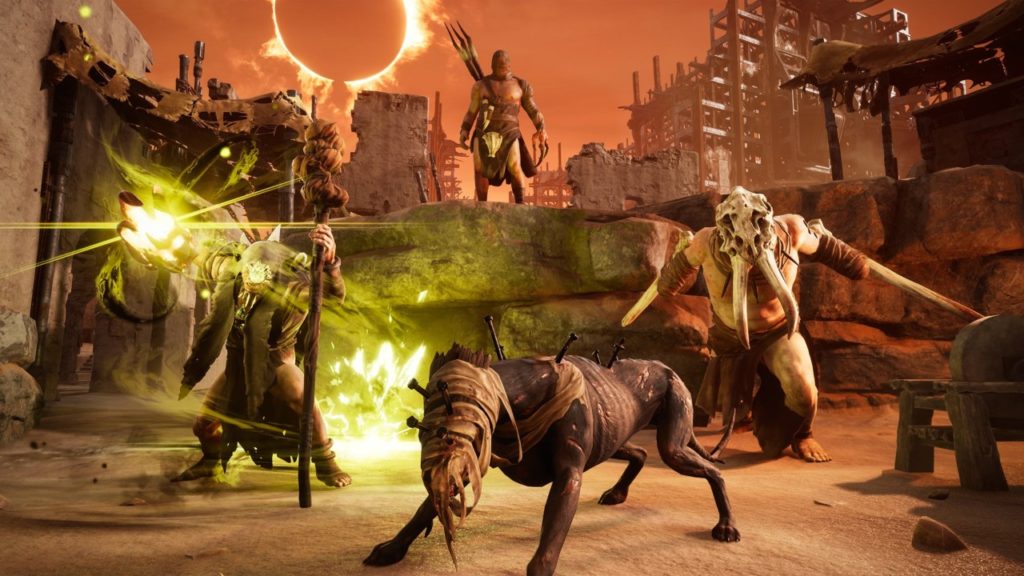
Remnant: From the Ashes replayed: Master blaster
Atmosphere will only get you so far, though, and sooner or later you’ve got to back up all these pretty sky-boxes with some actual gameplay. Thankfully, this is where Remnant: From the Ashes truly excels. From a worm’s-eye view, it’s a grungy third-person shooter that sees you traversing these decaying locales with a couple of guns, a melee weapon, and a backpack full of home-brewed potions and lotions to stave off the effects of bloodrot or radiation poisoning.
Examined more closely though, it’s not hard to see that Remnant’s appeal lies in the simple effectiveness of its brutal combat. You can equip two ranged weapons at a time, and every weapon can be equipped with a mod. In this world, magic is simply a thing, and so these mods can have a profound effect on your playstyle. From popping a healing fountain to imbuing your bullets with an element, or summoning a full-on demon Rottweiler that gets a buff when you ruffle the scruff of his steaming neck, there’s a mod for every occasion.
Hitting the attack button while aiming down sights will fire your equipped gun, while hitting it without the ADS will swing your melee weapon. It’s so ridiculously intuitive I can’t understand why more games aren’t doing it. You don’t need a dedicated melee button, and it makes every swing feel immediate. You don’t even have to think about it, as any enemy close enough to melee doesn’t require the precision of ADS at all. Also, it just feels so damn good. I’ll argue forever that Destiny 2 has the most satisfying “gun feel” of any shooter I’ve ever played, but Remnant comes incredibly close with some of its weapons, delivering an experience that never stops rewarding you just for blasting holes in demons.
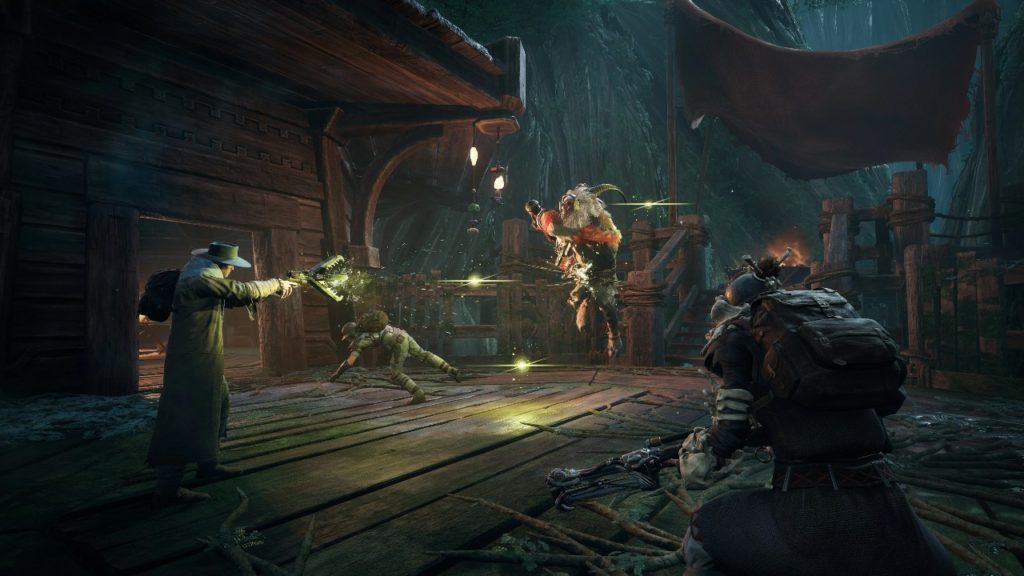
An uncluttered apocalypse
Despite arguably being a weakness where story is concerned, Remnant’s simplicity remains its greatest strength in almost every other department. Even the multiplayer is user-friendly, allowing you to select a game to join, find your friends, or just leave your game open to the public. Story progression is locked to the host’s world, but you keep all the XP and loot you find when you return to your world.
Heading back to Ward 13 allows you upgrade your weapons and clothing, buy items, or improve your Dragon Heart – which is Remnant’s version of an Estus Flask. Here you can talk to NPCs to expand the lore, or take on side concerns to help the survivors, though don’t expect branching side missions that force you to backtrack around the world, killing ten of this or collecting five of that.
You will run some missions and areas multiple times if you engage in multiplayer a lot, but there’s an effortless likeability that stops Remnant: From the Ashes from feeling stale. If you do need a change of pace, the Swamps of Corsus DLC has a survival mode where you begin with basic gear and must stay alive as long as you can. It doesn’t add much to the core experience, but the gunplay is as crisp as ever.
Worth the risk
With the sequel, Remnant 2, landing oh-so-very soon, it may not be the best time to get into Remnant if you missed it first time for whatever reason, but I’d absolutely suggest that any Soulslike fan who hasn’t tried it really should. It’s not a game that stands out because it had a ridiculous budget, overblown marketing campaign, celebrity voice overs, or some kind of eye-rolling controversy. It’s a game that stands out simply because it’s bloody good.
It’s not always about how loud you bang your drum, or how much hype you pay to generate. On any even playing field the only guarantee of success is creating something to the best of your ability that people like. Any game that does anything new is a massive risk, but Gunfire Games managed to mitigate that risk by knowing when to chase trends and when to roll the dice on their own creativity.
Yes, Remnant will frustrate you at times; yes, you’ll get lost and wonder where the hell you’re meant to go roughly every nine-and-half minutes; and yes, the story is spread pretty damn thin (though you can always pick up the better-than-you-remember prequel Chronos: Before the Ashes if you want to fatten up the narrative), but despite all of this, Remnant: From the Ashes is still one of the most unique and interesting Soulslikes we’ve had for the last decade-and-a-half.
Excited for Remnant 2 after reading our replayed? Read our hands-on preview of Remnant 2. And come back soon for more replayed columns.


